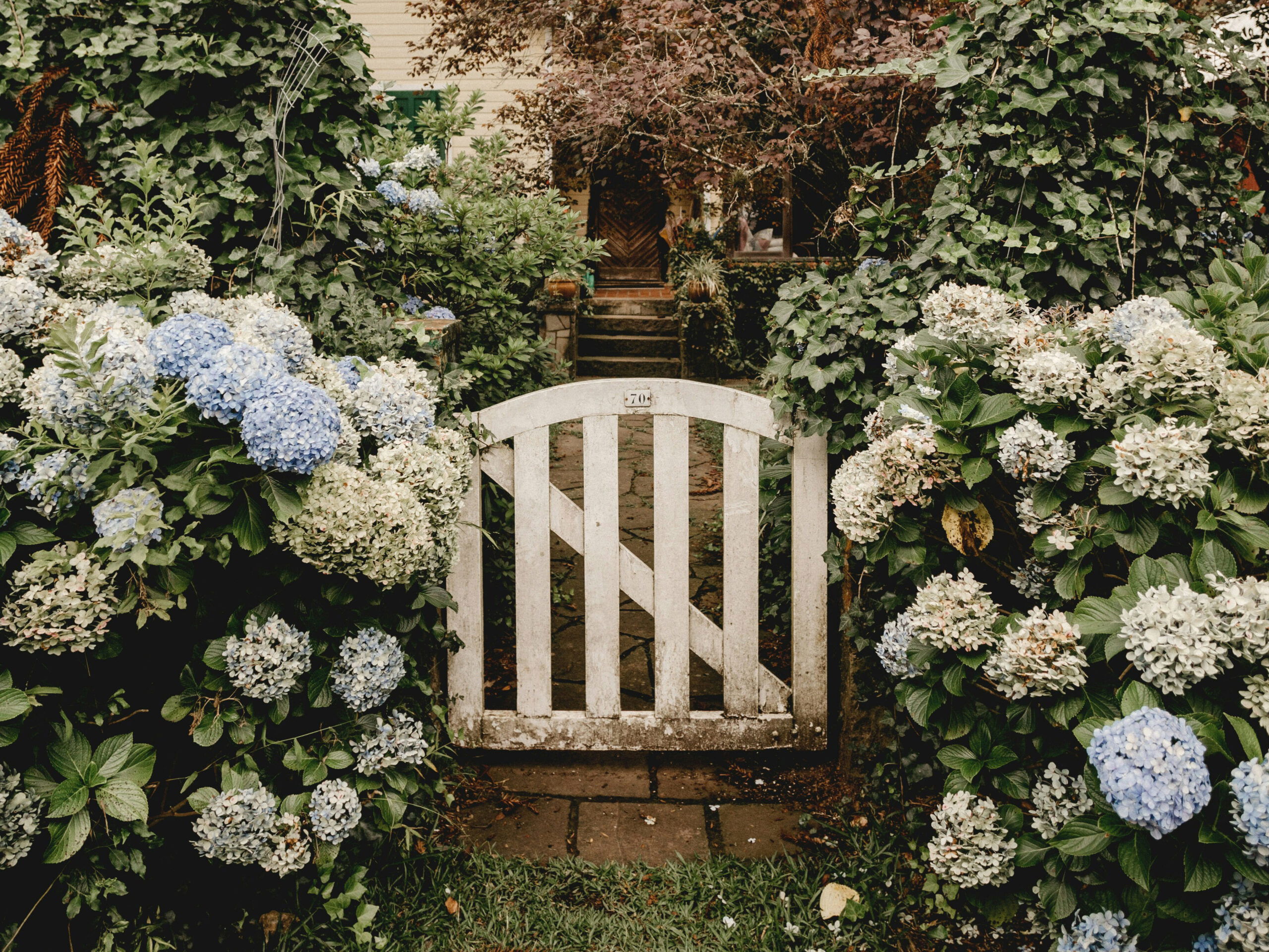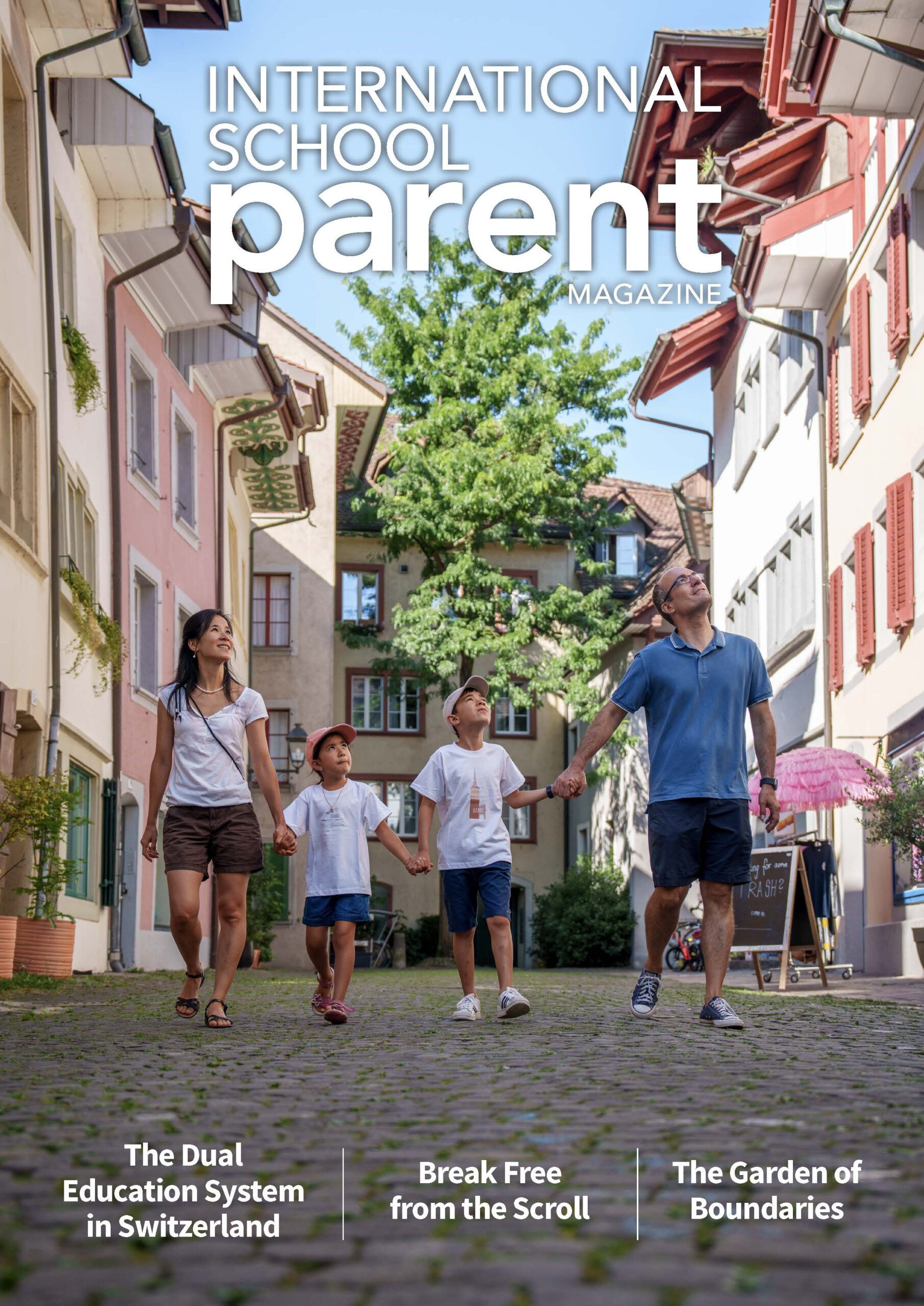The Garden of Boundaries: Nurturing Healthy Limits for Children and Teens Understanding What Shapes Us

By Mariann Csoma
Boundaries are crucial in navigating relationships, balancing professional and personal life, and maintaining well-being. They are also about respect, values, and the ability to communicate our needs effectively. They protect us and guide us to recognise healthy and unhealthy relationships. Dr. Henry Cloud and Dr. John Townsend (1) describe them as “personal property lines” that define who we are and are not. Our boundaries are shaped by our emotional and social development and the environment we grow up in, making them unique to each person. Understanding their nature and impact on daily life is key to building healthy relationships and a strong sense of self.
I often look for ways to visualise boundaries and I find a garden gate to be a powerful metaphor. A garden is a space we nurture and protect, just like our well-being, and the gate serves as a way to decide what we welcome in and keep out. For some, the gate is locked and bolted shut, representing rigid boundaries. This keeps them safe but also isolates them from meaningful connections, making it difficult to ask for help or trust others. Nothing harmful can enter, but nothing nurturing can either. Others may have a wide open gate, allowing anyone to come and go as they please. This represents porous boundaries, where personal space is unprotected. These individuals often overshare, struggle to say “no,” and allow others to take advantage of their kindness. The healthiest approach is to have a gate with sturdy hinges, which can open and close as needed, symbolising flexible boundaries. People with flexible boundaries understand when to allow others in, when to set limits, and how to protect their space while still fostering connection. They create a balance between openness and self-protection, ensuring their relationships are built on mutual respect.

Where Boundaries Begin
If boundaries are essential for navigating all aspects of adult life, shouldn’t we start teaching them early? In fact, they begin shaping our experiences long before we even understand the word itself. As adults, we may wonder where young children first encounter boundaries in their daily lives.
One of the earliest ways children experience boundaries is through personal space and physical interactions. Do they feel comfortable being hugged? Do they want to sit on someone’s lap, or would they prefer to keep their distance? One of the first lessons in boundary-setting is teaching children that they have a right to their own space and can say “no” to unwanted physical contact. Another crucial concept is consent and touch. Children should learn from a young age that it’s essential to ask for permission before touching someone else, whether holding hands or borrowing a toy. Understanding and respecting other people’s space and belongings helps them navigate social interactions and reinforces that their boundaries deserve respect.
Middle Childhood and Social Development
As children grow and step into middle childhood, their world begins to expand beyond family. Friendships, school dynamics, and new responsibilities shape their experiences, and the increasing need for boundaries comes with that. Privacy and personal information are among the most important lessons at this stage. Children start to interact more with peers, teachers, and even online spaces, making it essential for them to understand that not everything should be shared. Teaching them that certain details, like their home address or phone number, should be kept private helps protect their safety and gives them a sense of control over their personal life. As friendships deepen, so does the importance of peer influence and emotional boundaries.
Middle childhood is a time when children begin to navigate the complexities of social relationships, learning who to trust and how to handle disagreements. Setting boundaries in friendships means understanding that a true friend respects their choices, emotions, and limits. With the rise of technology, children are exposed to online interactions earlier than ever. Teaching them to recognise when they need a break from screens, how to set limits with online friendships, and how to protect their personal space in digital settings is essential in this stage of development.

Teenage Growth
As children transition into their teenage years, their garden continues to grow. This stage of life is full of exploration, independence, and self-discovery, making boundaries more important than ever. Teenagers face increasing responsibilities, complex social dynamics, and emotional challenges that require them to define and protect their personal space in new ways.
One of the most crucial areas where boundaries come into play is romantic relationships. Teens begin to explore emotional and physical closeness. Understanding consent, identifying red flags, learning to express what they are comfortable with, and knowing they have the right to say “no” without guilt are fundamental skills that will shape their future relationships. At the same time, peer pressure and social circles become a significant influence. The desire to fit in can sometimes push teens to cross their boundaries, whether in friendships, social activities, or risk-taking behaviours.
At home, family boundaries and independence also evolve. Teens need more space, both physically and emotionally, to develop their own identity. They seek more privacy and set new limits on what they want to share. This is a natural part of growth, and when handled with mutual respect, these boundaries strengthen rather than weaken family bonds.
By this stage, a teenager’s garden gate is no longer built by others, but they are learning to manage it themselves. They decide when to open it for trust and connection and when to close it for protection. While they may still need guidance, this is when they begin to take full ownership of their boundaries, preparing them for the transition into adulthood.
The Role of Parents
While children need to learn how to set their boundaries and respect those of others, it is equally important for parents to acknowledge their children’s boundaries as well. At times, when children push back, say “no,” or assert their independence, it may be perceived as defiance or misbehaviour. In reality, they are practising an essential skill—learning to define their identity and establish personal limits. This is a natural and necessary part of their development, shaping their confidence and sense of self.
As parents, setting rules and establishing limits for safety and guidance is essential. However, within those limits, children also need the space to express their own boundaries. Whether choosing how they want to be greeted (hugs vs. high-fives), having alone time, or voicing opinions in family discussions, these moments
help them grow into individuals who understand their rights and responsibilities in relationships.

- Cloud, H., & Townsend, J. (1992). Boundaries: When to say yes, how to say no to take control of your life. Zondervan.
